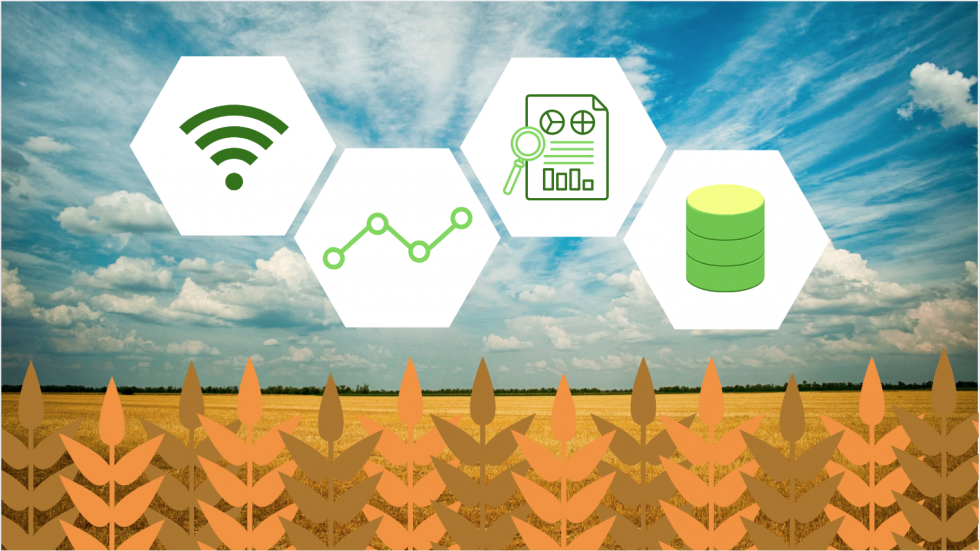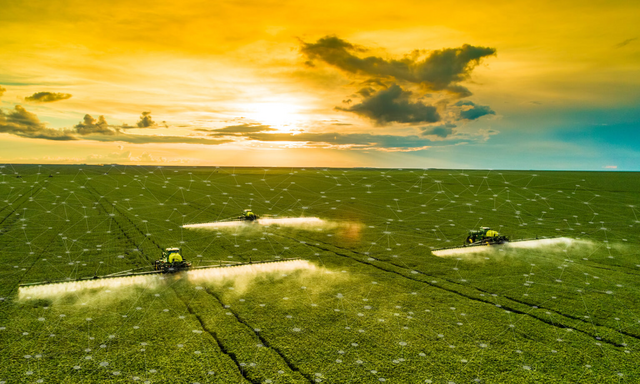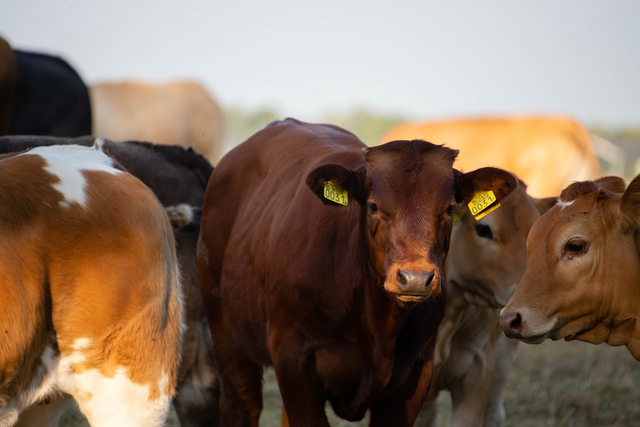In the dynamic world of Australian agriculture, integrating technology into everyday operations is not just an advantage; it’s becoming a necessity. Farmers and graziers across the continent are increasingly turning to digital solutions to enhance productivity, efficiency, and sustainability.
Among the myriad of options for staying connected on the vast and often rugged Australian landscapes, three stand out: Wholefarm WiFi (using the Rajant Mesh system), WiFi extenders, and 4G mobile service. Each has its strengths and weaknesses, especially when it comes to coverage challenges in remote and regional areas.
This article explores these options, emphasising why Wholefarm WiFi is often the superior choice, particularly in the context of Australia’s unique geographical challenges.
Wholefarm WiFi via Rajant Mesh System
PROS:
– Scalability and Reliability: Rajant’s Kinetic Mesh network excels in scalability and reliability, offering dynamic routing that ensures data finds the most efficient path to its destination. This is crucial in sprawling farm operations that span across varied terrains.
– No SIM Card Required: A significant advantage is that devices on the network do not require individual SIM cards, reducing the costs associated with data plans and ensuring connectivity without relying on cellular networks. Simply connect to the WiFi.
CONS:
– Initial Investment: Setting up a Rajant Mesh network involves an upfront cost higher than traditional WiFi setups or 4G mobile service, albeit with significant long-term benefits.
– Technical Setup: Deploying this network requires a certain level of technical understanding, but support services from providers mitigate this issue.
WiFi Extenders
PROS:
– Cost-Effective: WiFi extenders are an affordable solution to expand the reach of existing WiFi networks, requiring minimal investment.
– Simple Installation: These devices are user-friendly, designed for straightforward setup without extensive technical knowledge.
CONS:
– Limited Effectiveness in Remote Areas: Extenders can only boost a signal so far, and their effectiveness diminishes over distance and through physical obstructions, making them less suitable for the expansive and uneven terrains of Australian farms.
– Reduced Speed and Reliability: The network’s bandwidth often decreases beyond the primary signal range, affecting the performance of technology-dependent farming operations.
4G Mobile Service
PROS:
– Broad Availability: In general terms, Australia’s 4G network provides extensive coverage, making it a go-to for basic internet needs in populated areas.
– Ease of Access: Connecting to 4G is straightforward, requiring only a device equipped with a SIM card.
CONS:
– Coverage Gaps in Rural Areas: Despite its broad availability, 4G coverage in Australia is predominantly focused along main roads and populated areas. A review of 4G coverage maps reveals significant gaps in regional and remote areas, often only skirting around the edges of properties and leaving vast sections of farms without service.
– Ongoing Costs: Each device connected via 4G requires its own SIM card and data plan, leading to substantial recurring expenses for operations that utilise multiple connected devices.
The Superiority of Wholefarm WiFi
Given the comparison, Wholefarm WiFi, especially through the Rajant Mesh system, emerges as the most effective solution for Australian farmers and graziers. This system is not only designed to overcome the geographical challenges unique to Australia’s vast agricultural lands but also addresses the critical need for reliable, cost-effective connectivity across the entire operation.
Addressing Coverage Challenges: Unlike WiFi extenders and 4G mobile service, which struggle with coverage consistency across remote and rugged terrains, Wholefarm WiFi through Rajant Mesh ensures comprehensive coverage. This system is explicitly built to adapt to the complex environmental conditions of rural Australia, ensuring that connectivity is maintained even in the most challenging areas.
Economic and Operational Efficiency: By eliminating the need for individual SIM cards and associated data plans, Wholefarm WiFi presents a financially viable option in the long term. Additionally, the reliability and scalability of the network support the deployment of advanced agricultural technologies, from precision farming tools to automated equipment, enhancing operational efficiency and decision-making through real-time data insights.
Conclusion
In conclusion, the quest for connectivity in the vast and often challenging landscapes of Australian agriculture points towards Wholefarm WiFi as the optimal solution. While WiFi extenders and 4G mobile service have their place, they fall short in providing the comprehensive, reliable coverage needed for modern farming operations. The Rajant Mesh system stands out for its ability to offer scalable, reliable connectivity tailored to the unique demands of the agricultural sector. In doing so, it not only addresses the coverage challenges posed by Australia’s geography but also sets the stage for the future of farming, where technology and connectivity drive productivity and sustainability.
sTEVE FRENCH




